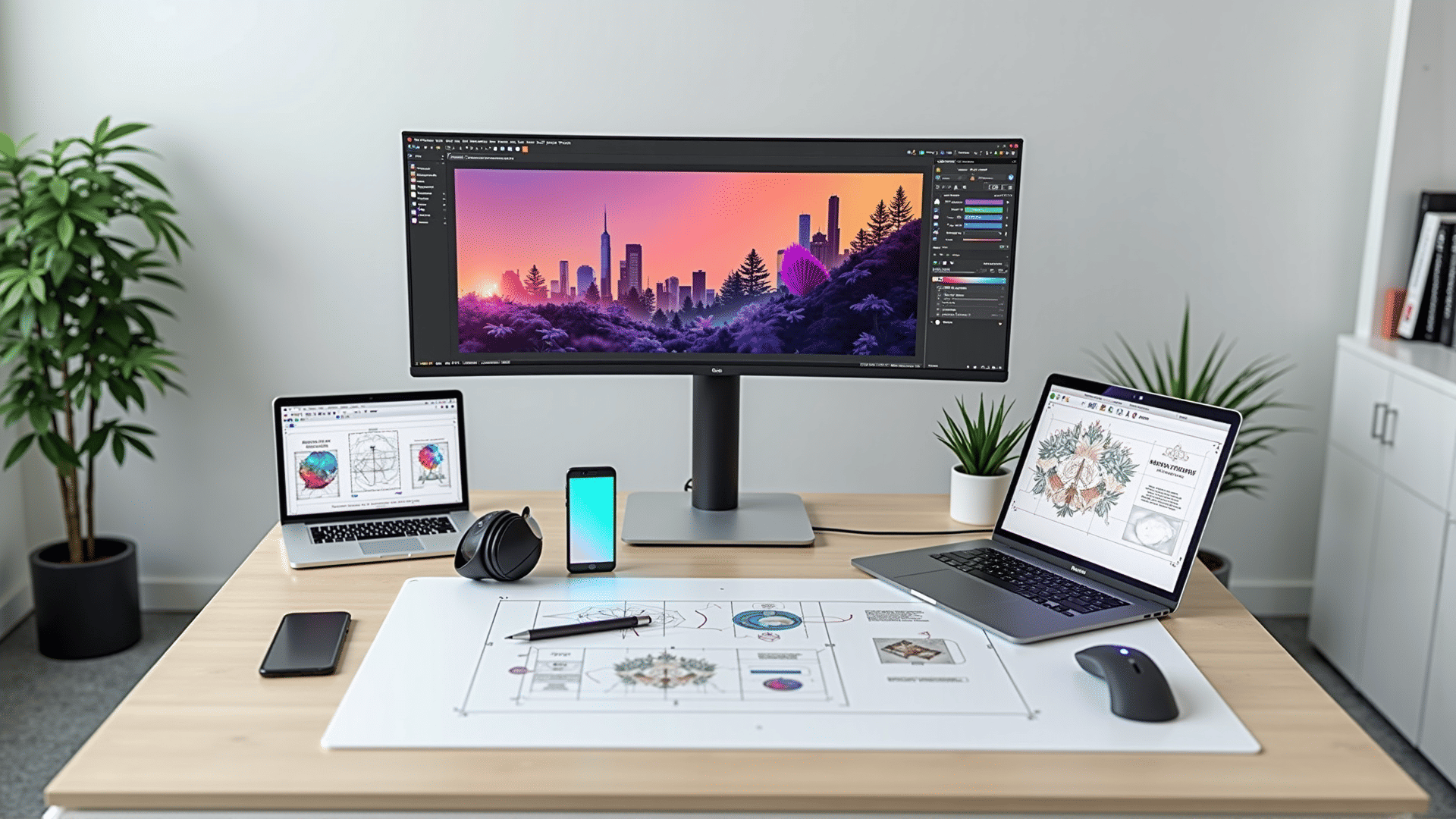In the ever-evolving landscape of web design, staying ahead of the curve requires embracing the latest tools that both innovate and simplify the creative process. As we journey through 2024, several groundbreaking tools are making waves, reshaping the way designers craft digital experiences. From AI-driven assistants to advanced graphic software, the industry is witnessing a renaissance of creativity and efficiency.
One of the standout trends this year is the rise of AI-driven design assistants. These tools harness the power of artificial intelligence to streamline decision-making and enhance design processes. For instance, AI is now capable of analyzing user data to suggest design elements that are more likely to engage specific audiences. Tools like Adobe Sensei are paving the way, offering smart features that can predict design needs and automate repetitive tasks, freeing designers to focus on more strategic creative decisions.
Another key player in 2024's toolkit is the proliferation of collaborative design platforms that have embraced cloud technology. Platforms such as Figma and Sketch have continued to evolve, enabling real-time collaboration that transcends geographical barriers. These tools facilitate seamless teamwork by allowing designers and developers to work concurrently, ensuring that projects move from concept to completion more efficiently than ever before. This kind of collaboration is vital in an era where remote work and global teams are the norms, ensuring fluid communication and workflow integration.
For graphic design and visual content creation, state-of-the-art software is providing unimaginable levels of precision and creativity. CorelDRAW's latest version features enhanced vector illustration capabilities and non-destructive effects that allow designers to experiment without fear of losing their original work. Additionally, tools like Canva are constantly expanding their libraries with new templates and elements that cater to the rapid content production demands of modern marketing teams.
Virtual and augmented reality are no longer buzzwords but integral parts of the web design sphere. Tools such as Vectary and Adobe Aero are pushing the boundaries, enabling designers to create immersive experiences that blend the digital with the physical world, opening avenues for more interactive and engaging user experiences. These advancements are particularly transformative for industries like real estate, retail, and entertainment, where visual representation is key to customer engagement.
For those looking to advance their coding prowess, new platforms are emerging that make web development more accessible while still offering robust functionalities. No-code and low-code platforms such as Webflow and Bubble allow designers to create complex web applications without the need for extensive programming knowledge. These tools provide intuitive interfaces and extensive resources, speeding up the development cycle and widening the horizons for designers who wish to bring their visions to life independently.
As sustainability becomes a focal point in many industries, web design is also seeing a shift towards more eco-friendly practices. Tools that optimize website code for faster load times and reduced energy consumption are gaining traction. Websites like Ecograder offer actionable insights into how web design can minimize environmental impact, encouraging designers to incorporate green practices into their workflow.
In conclusion, 2024 is marked by a multitude of innovations that continue to push the boundaries of web design. Whether through AI, collaboration tools, immersive technologies, or eco-conscious design, the tools available today are empowering designers to create exceptional digital experiences more efficiently and effectively than ever before. As these technologies continue to evolve, they promise to not only enhance creativity but also redefine the future of web design.
